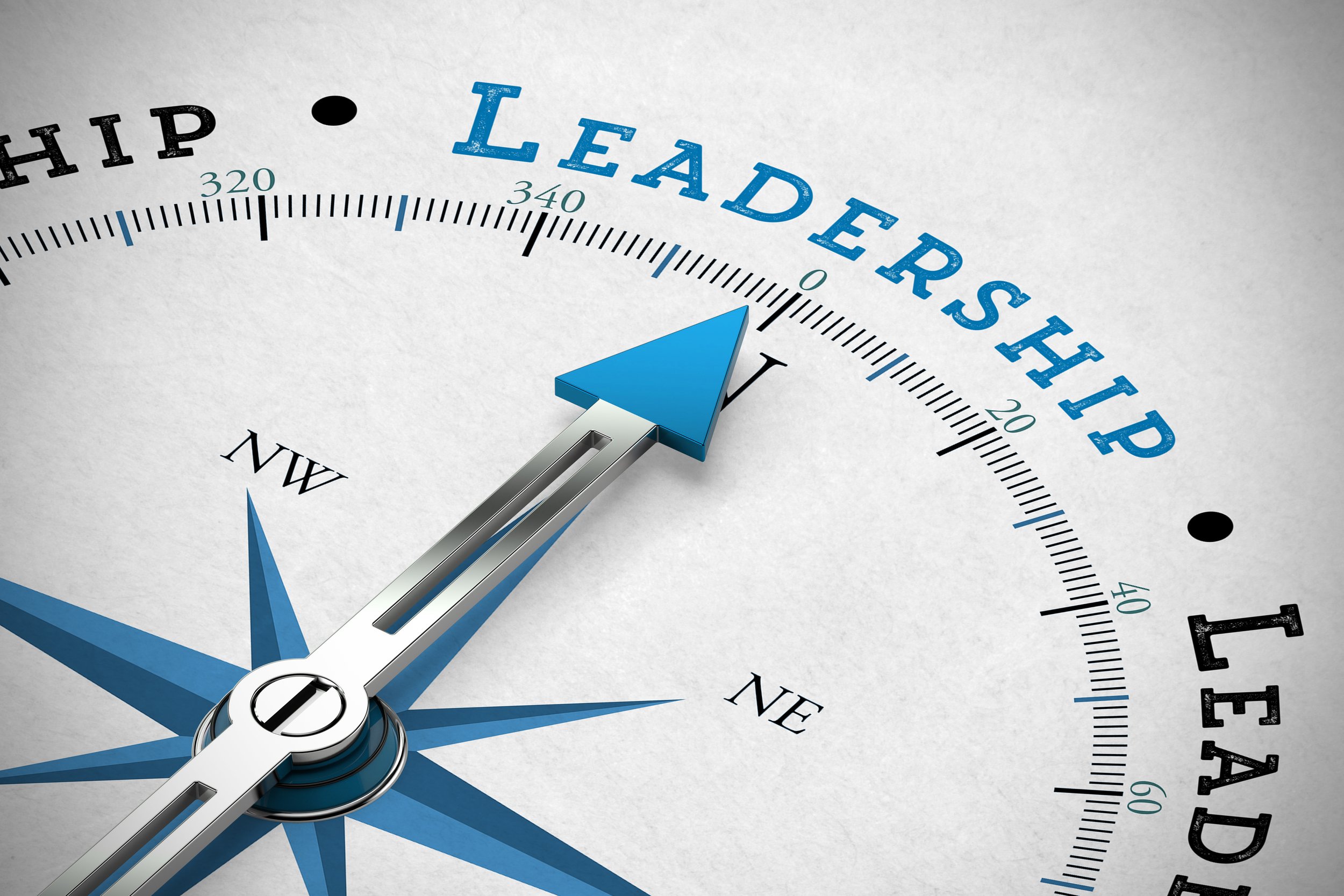Guest Post: On Human-tech Leadership
Unpacking the style of leadership we need right now.
Image: Shutterstock
It is a well-known fact that new technologies have affected our lives, specifically in the business world. Barriers to enter new markets have been reduced (globalization at its peak), the stickiness of iconic brands are undermined (product life cycles have become shorter), greater transparency has been reached (detailed information is now readily available), endless data are accessible (the power of smartphones and shared knowledge platforms), and distraction has become constant (we are heavily bombarded with notifications every single minute).
As business leaders, it is our greatest responsibility to assure the optimal environment for our team, so we can all thrive in this technologically challenging world. Great leadership is about people who know how to build effective, resilient organizations, i.e., those that don’t lose their edge. By consequence, we ask ourselves what practices and frameworks should be applied to achieve this goal, both efficiently and effectively. A clear metaphor is a football game: we should play well (be efficient) AND win the game (be effective); these two characteristics will secure success in both the short- and the long-term time horizons.
Following the framework from Simon Sinek, we must start with clarity of purpose (Why), as individuals and as team members; this clarity comes from knowing whose needs you’re required to meet, i.e., what your job is and who benefits from your results. I emphasize the importance of deep collaboration (How) and getting things done (What). This means solving problems by working across traditional boundaries, e.g., functional silos, business units, teams, countries, and cultures. And getting things done means applying your competencies, skills, and expertise to accomplish tasks that ultimately will lead you to your goals (tactical or strategic ones).
As human beings, we have a need to be part of something larger than ourselves, the feeling of belonging to a group. Here leadership plays a role in fostering two critical pillars: inspiration and motivation. The former makes team members energized to pursue long-term objectives, usually linked to intrinsic factors, e.g., sense of satisfaction, accomplishment, and making the world a better place; by consequence, the latter makes team members energized to pursue short-term objectives linked to external factors, e.g., money, resources, material gain. Leaders must create an environment that makes coworkers want to participate in their organization and come back every single day.
Lastly, while it may sound cliché, emotional intelligence (EI) has never been valued so much, especially in current times of strong focus on mental health. The Mixed Model by Daniel Goleman focuses on five elements that should be developed by every single leader:
- self-awareness: understanding ourselves and seeing ourselves as others see us.
- self-regulation: appropriately managing our disruptive emotions and impulses.
- social skill: managing relationships to get along with others, e.g., via active listening.
- empathy: considering other people's feelings and their impact.
- motivation: knowing our motivation and from others.
May we continue to embrace and incorporate technological advancements (as humanity has always done) and apply, efficiently and effectively, the best practices to lead our resilient teams. For additional references, I recommend Roselinde Torres’ work, specifically her TED Talk “What It Takes To Be A Great Leader.”

